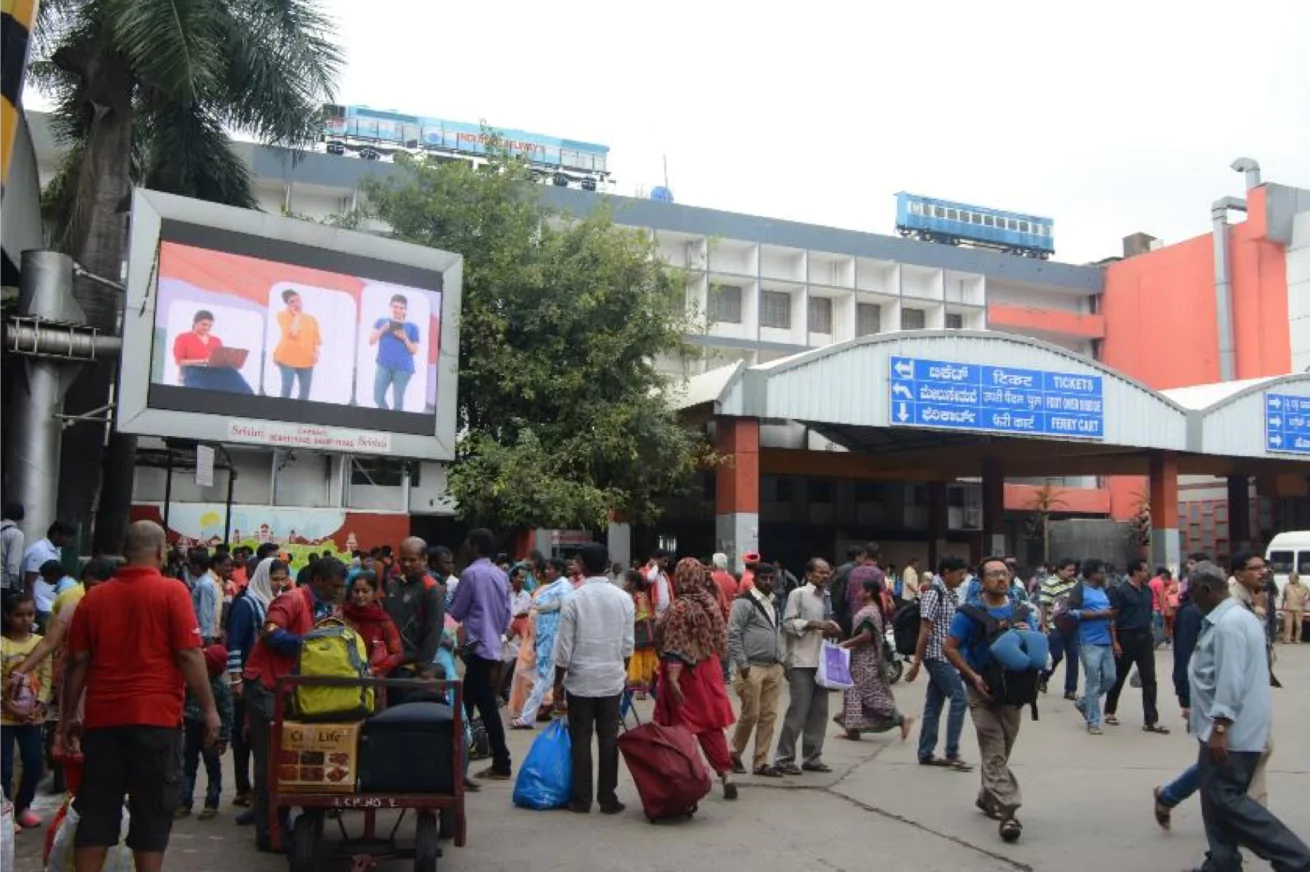Outdoor Advertising India
India’s Out-of-Home (OOH) advertising industry has evolved rapidly, tapping into digital innovation, data analytics, and urban expansion to connect with a diverse and dynamic audience. With a rising urban population, increasing mobility, and an expanding digital infrastructure, OOH advertising in India offers substantial potential for brands aiming to leave a lasting impression on consumers in outdoor settings. Here’s an in-depth look at the potential, opportunities, and trends driving the growth of India’s OOH advertising landscape. India is expected to witness an increase in ad spending within the OOH market, with projections indicating a figure of US$486.00m by the end of 2024. Meanwhile, the growing construction of shopping malls and various other commercial buildings, increasing adoption of effective marketing strategies by small and medium-sized enterprises (SMEs), and rising advancements in programmatic technology represent some of the key factors driving the market.
Market Potential in India
India’s OOH advertising sector is projected to grow significantly in the coming years, thanks to rising investments in digital infrastructure, rapid urbanization, and the steady increase in consumer spending. India’s urban population is expanding at a rate of 2.3% annually, resulting in more commuters using public transportation, highways, and airports – creating ample opportunities for advertisers to reach this audience.
In recent years, metro cities such as Delhi, Mumbai, Bengaluru, and Kolkata have become hotspots for OOH advertising, but opportunities are growing in Tier-2 and Tier-3 cities as well. With the country’s digitization push, advertisers now have access to smart billboards, interactive screens, and other forms of Digital Out-of-Home (DOOH) advertising, allowing them to leverage cutting-edge technology to deliver targeted, data-driven campaigns.
India’s infrastructure development, including new highways, urban transit systems, and airport expansion, has opened up high-traffic areas for OOH placements, providing a platform for brands to maximize exposure. As the government continues to invest in infrastructure, these developments will fuel further growth for the OOH industry in India.
Top Markets for Billboard Advertising in India
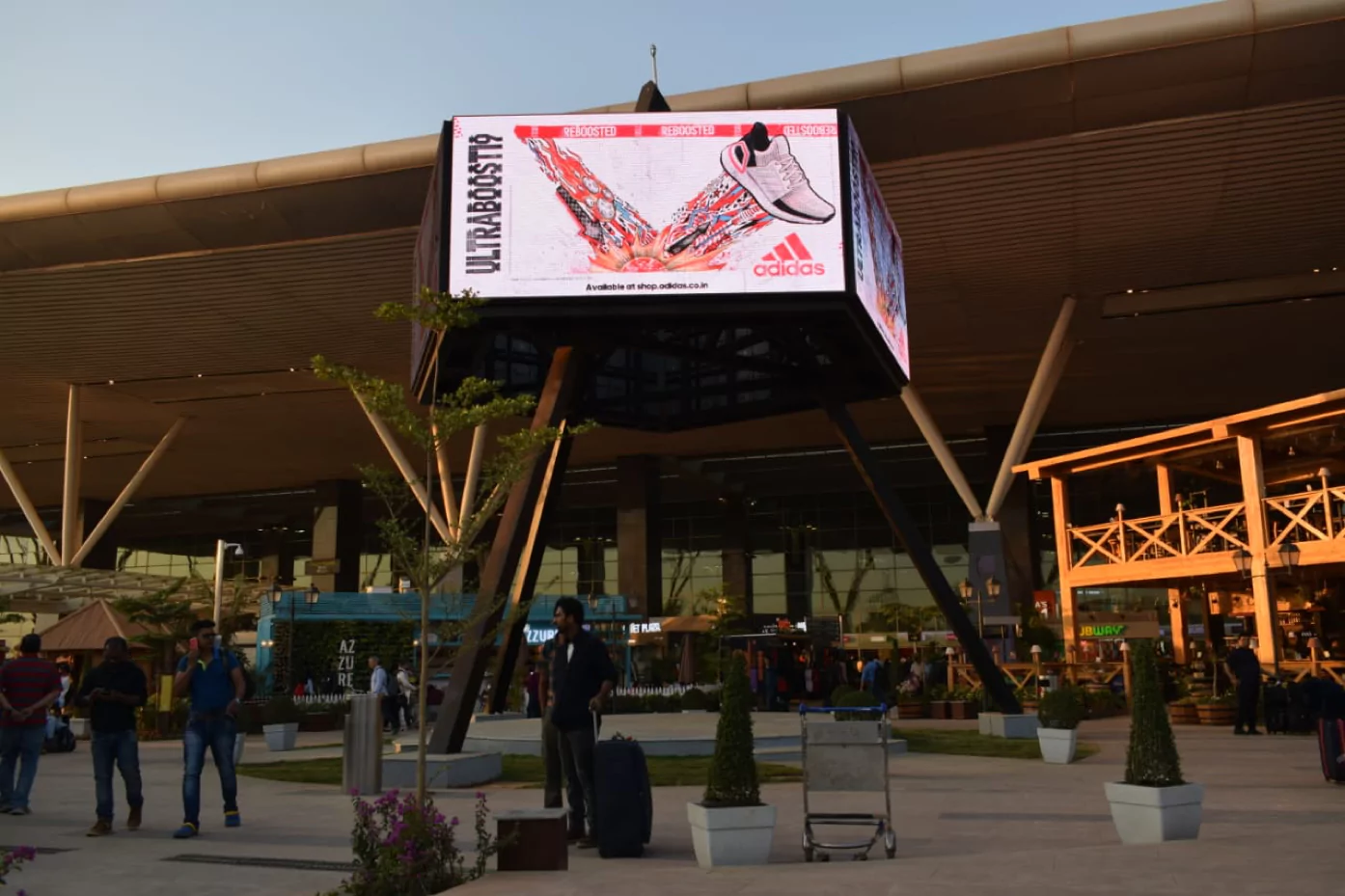
With a population exceeding 18 million, the vibrant city of Bangalore provides a wealth of diverse advertising opportunities, ranging from bustling tech parks filled with innovative companies to high-traffic commercial zones that attract a steady flow of potential customers.
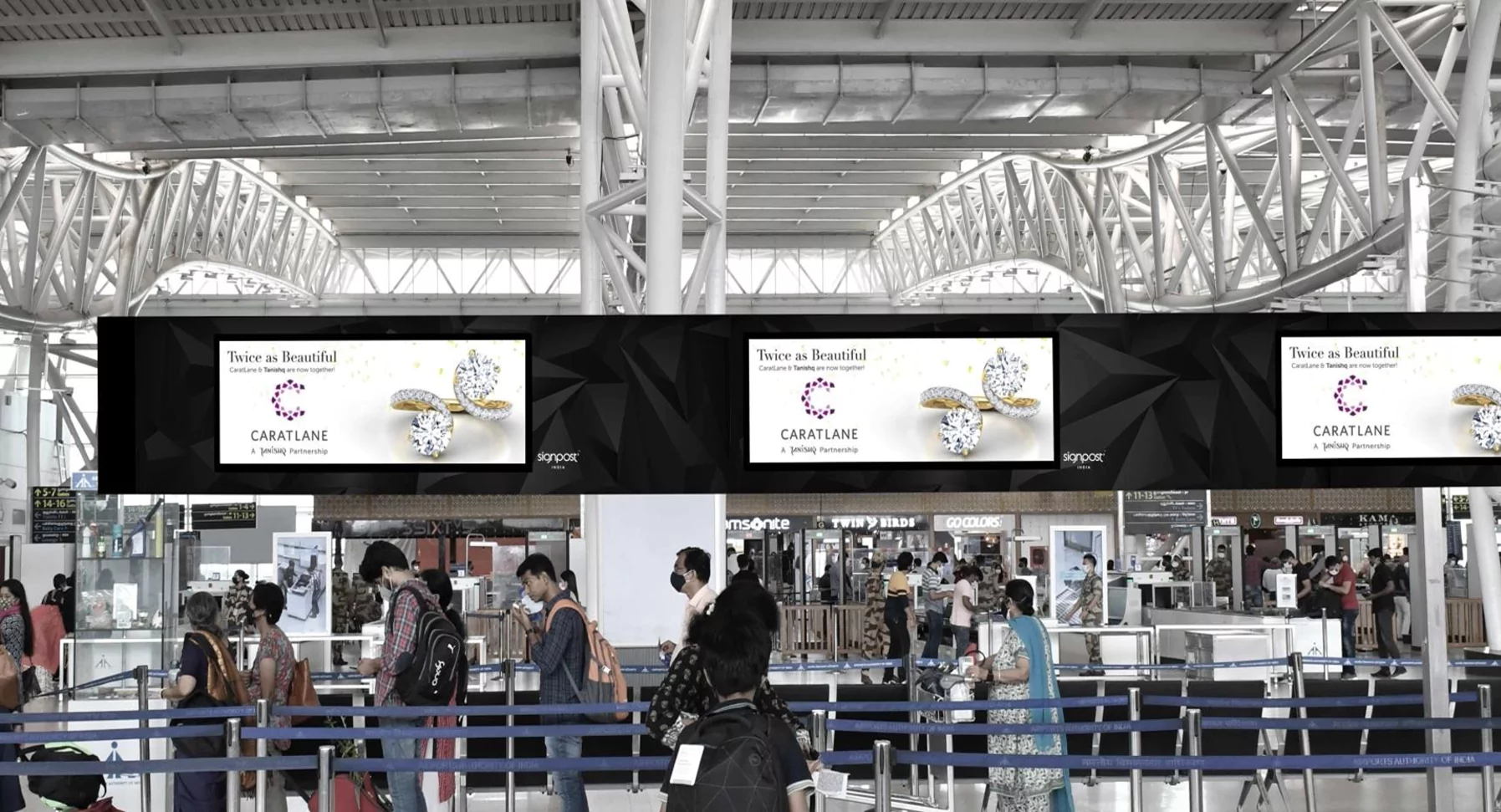
Chennai, the capital of Tamil Nadu, is a bustling metropolis with a population of over 11 million people. Whether you are targeting local commuters or tourists visiting the city, placing a billboard or digital ad in Chennai is a powerful way to engage with a broad audience.
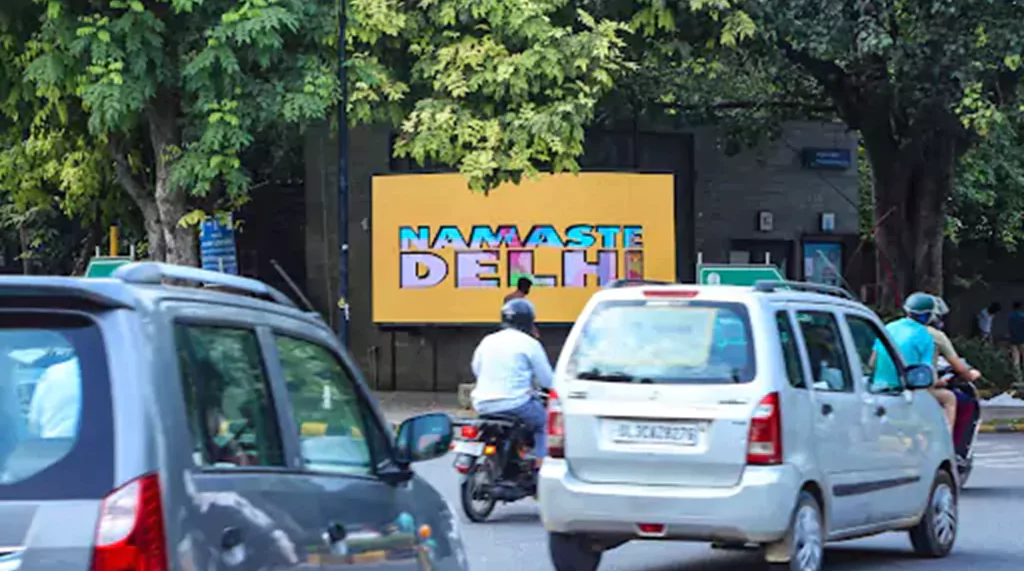
With a population of over 33.8 million, Delhi is India’s political capital and a major hub for commerce, education, and tourism. Its rich cultural legacy and rapid urban development make it an ideal location for brands to engage a diverse audience through hoardings.
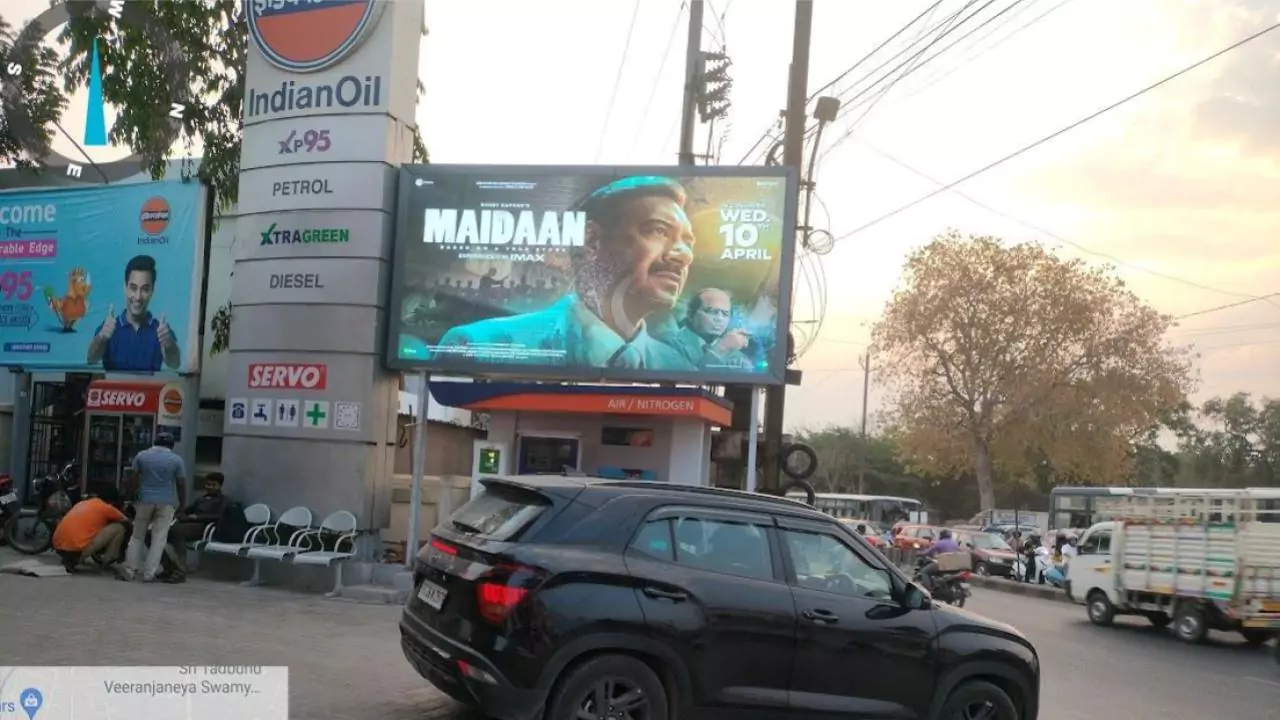
Hyderabad, the capital of Telangana, is a bustling metropolis with a population of 11 million. Known for its rich history, vibrant culture, and status as a major technology and business hub, the city provides an ideal landscape for outdoor advertising.
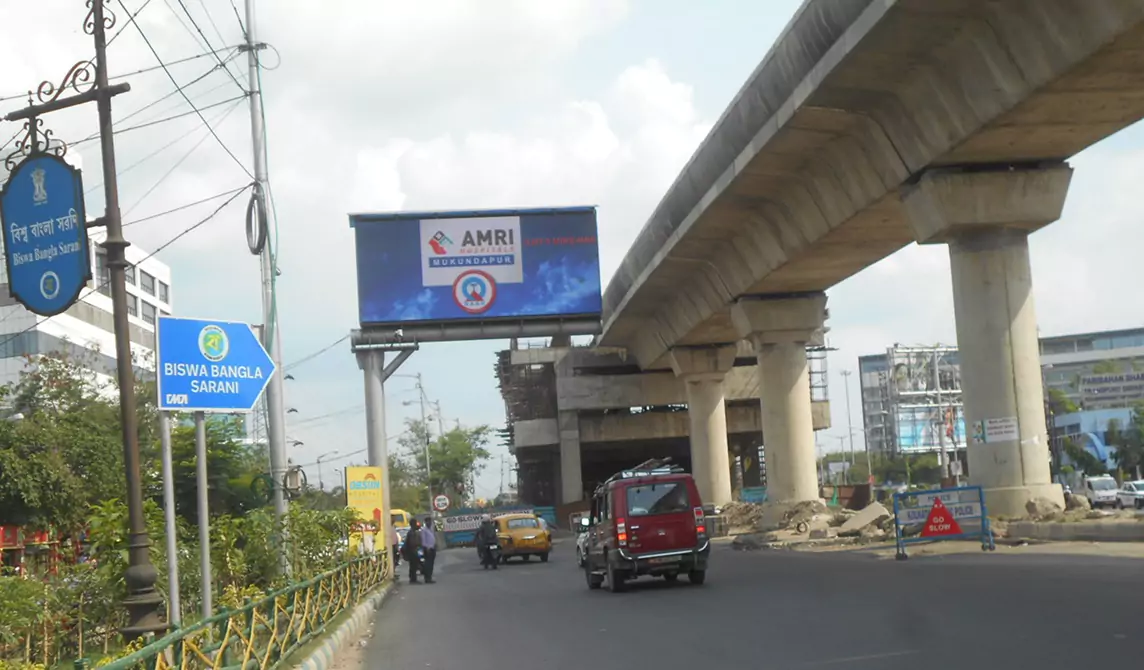
Kolkata, the capital of West Bengal, has a population exceeding 15 million, making it a vibrant urban center. Renowned for its cultural heritage, Kolkata is a key economic and educational hub in India, with bustling streets that provide an ideal setting for outdoor advertising.
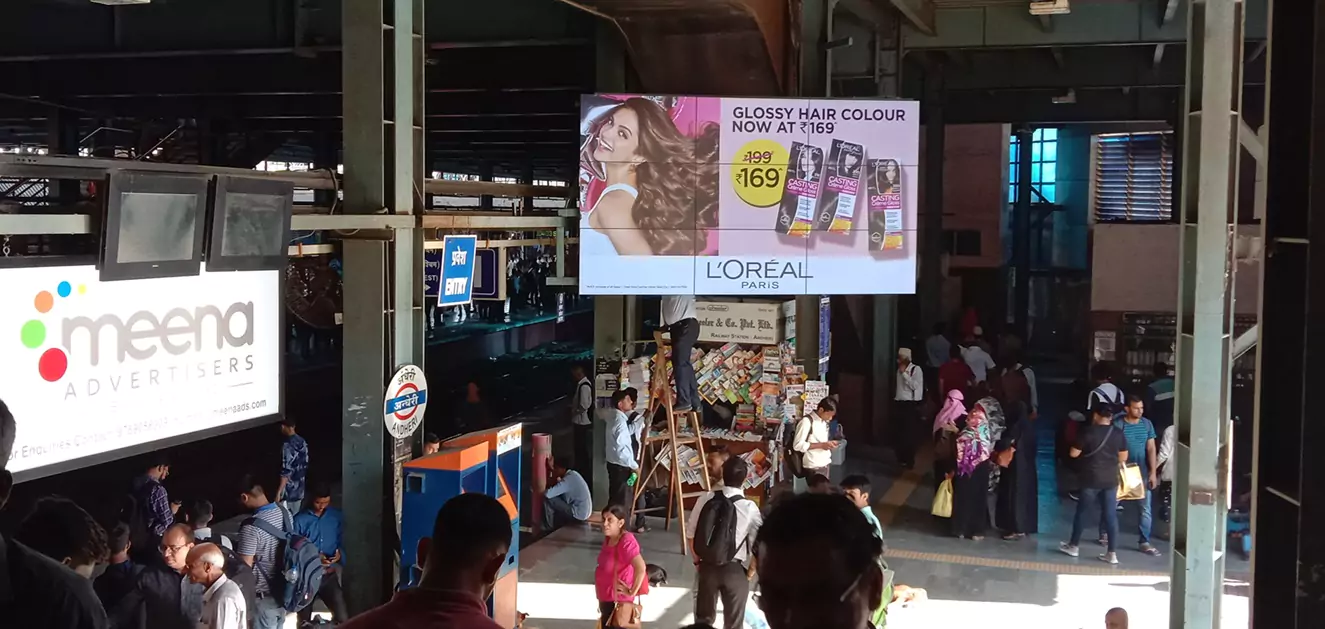
Mumbai, the “City of Dreams,” is the heart of the Mumbai Metropolitan Region, one of the world’s most densely populated areas, with over 23 million residents. This vibrant city offers significant outdoor advertising opportunities for brands to reach a diverse audience.
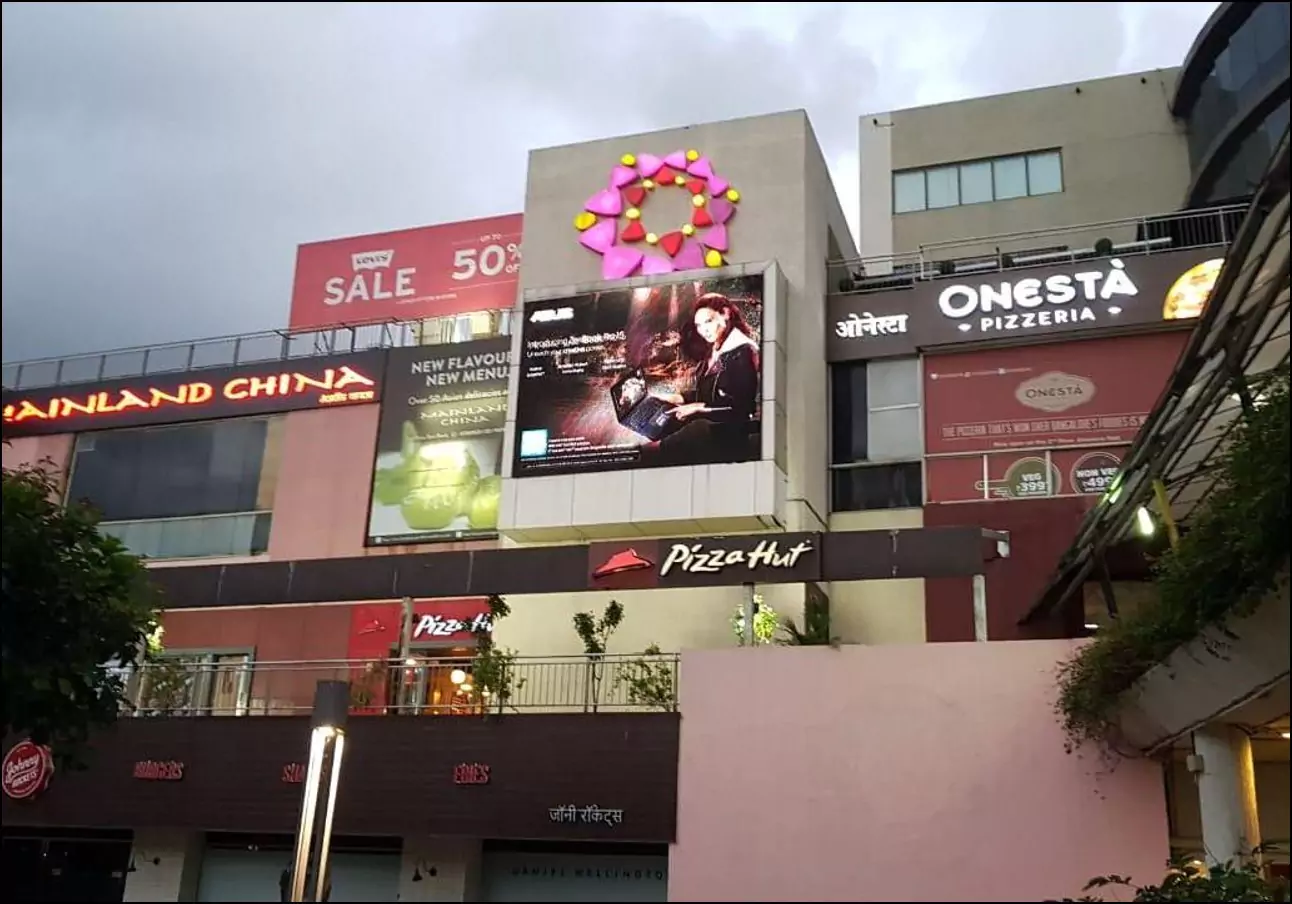
With over 7.1 million residents, Pune is one of India’s fastest-growing cities, attracting students, professionals, and entrepreneurs. Its rapid urbanization offers a prime landscape for outdoor advertising, enabling brands to reach diverse audiences.
Outdoor Advertising Opportunities for Brands in India
India’s diverse population, comprising various languages, cultures, and socio-economic backgrounds, presents a unique challenge and opportunity for advertisers. Unlike traditional media, which can be restricted to specific demographics or regions, OOH offers a universal reach and serves as a powerful medium to bridge the gap between brands and diverse audiences.
- Engaging Commuters and Travelers: With millions commuting daily across cities, there is an unparalleled opportunity for brands to engage with a captive audience. The expansion of metro rail systems, high-speed trains, and airports provides high-visibility areas for OOH advertising. Airports alone witness millions of travelers every month, and premium ad placements at these locations enable brands to reach an affluent audience.
- Rural and Semi-Urban Expansion: While urban centers are the core of OOH advertising, rural and semi-urban areas are emerging as high-potential markets. Brands are starting to invest in smaller towns where competition is less intense, allowing for more impactful and memorable campaigns. This trend is bolstered by government initiatives to improve road infrastructure and enhance connectivity.
- Data-Driven Targeting with DOOH: The introduction of DOOH in India has enabled brands to integrate data analytics and real-time content updates. This technology allows advertisers to deliver dynamic content based on location, time, and even weather conditions. For instance, an ad for cold beverages could be displayed on a hot day, while an umbrella brand could advertise during monsoon months. This level of targeting offers brands the chance to craft highly relevant campaigns that resonate with specific audiences.
- Sustainable Advertising: As brands focus on environmental responsibility, sustainable advertising practices in OOH, such as eco-friendly materials and energy-efficient digital screens, are gaining traction. Sustainability resonates particularly well with younger audiences, and brands that adopt green advertising practices stand out in India’s competitive marketplace.
Trends Shaping India’s OOH Advertising Landscape
India’s OOH advertising sector is dynamic and evolving to meet the demands of modern consumers. Here are some of the key trends shaping the industry:
- Digital Transformation with DOOH: Digital Out-of-Home advertising has become one of the most significant trends in India’s OOH industry. Unlike traditional static billboards in India, DOOH allows brands to deliver animated, interactive, and video-based content, creating an engaging experience for viewers. With high-resolution LED screens, interactive kiosks, and mobile integration, DOOH has unlocked new possibilities for real-time, targeted messaging.
- Programmatic OOH Advertising: Programmatic advertising is transforming how brands approach OOH campaigns. Using programmatic platforms, brands can automate the buying, placement, and delivery of ads based on data insights. This technology allows advertisers to optimize campaigns in real time, providing flexibility to adjust messages based on audience engagement, time, and other factors. Programmatic OOH is still in its nascent stages in India, but its potential for growth is high as brands become more familiar with its advantages.
- Integration with Social Media: Another significant trend in the OOH industry is the integration of social media and OOH campaigns. By creating campaigns that encourage users to share experiences on platforms like Instagram, Facebook, and Twitter, brands can increase their reach exponentially. For instance, QR codes on billboards enable audiences to connect with brands online or participate in campaigns, blurring the line between physical and digital advertising.
- Personalized and Interactive Experiences: Technology is enabling more personalized and interactive OOH experiences. From facial recognition to location-based ads and augmented reality (AR) displays, brands can now create immersive campaigns that directly engage with audiences. AR campaigns, for example, allow passersby to interact with 3D objects or avatars on billboards, providing a memorable brand experience.
- Rise of Hyperlocal Advertising: Hyperlocal advertising is gaining momentum as brands target specific neighborhoods or localities within cities. For example, targeting ads around educational institutions, office complexes, or shopping malls allows brands to focus on micro-communities that are likely to engage with their products or services. This approach is particularly beneficial for brands that want to reach regional markets and connect with local cultures.
The OOH advertising industry in India is poised for tremendous growth as digital transformation reshapes how brands communicate with consumers. From traditional billboards to cutting-edge DOOH technology, the industry offers a wide range of options for brands to engage with urban, semi-urban, and rural audiences. Outdoor advertising trends like programmatic buying, hyperlocal targeting, and sustainable practices are likely to continue driving the industry forward. For businesses looking to build brand presence and resonate with India’s diverse consumer base, OOH advertising offers a powerful platform to create lasting connections.
Our DOOH Success Stories in India
Moving Walls, a global leader in AdTech and MediaTech, offers enterprise software solutions for Out-of-Home (OOH) advertising. As one of the top OOH companies in India, our ‘Moving Audiences’ platform empowers advertisers and agencies to precisely plan, buy, and measure Digital Out-of-Home (DOOH) media, delivering advanced ad tech solutions across the country.
Trusted Globally by Marketers
















On the Hunt for Outdoor Hoardings in India?
Lift your brand to new heights with Billboard Advertising in India. Get in touch with us today to discover how we can enhance your visibility and drive deeper engagement.
Frequently Asked Questions about Digital Out-of-Home in India
1. What makes Out-of-Home (OOH) advertising effective in India?
India’s OOH advertising is highly effective due to its ability to reach a broad, diverse audience across various demographics and geographies. With millions of daily commuters in urban centers and growing infrastructure developments in Tier-2 and Tier-3 cities, OOH advertising allows brands to engage audiences in high-traffic areas, like metro stations, airports, highways, and even rural towns. The sector’s growth is further bolstered by advancements in digital technology, enabling brands to deliver impactful, data-driven ads.
2. What opportunities does Digital Out-of-Home (DOOH) advertising offer in India?
DOOH advertising in India offers dynamic, interactive, and highly targeted advertising opportunities. With high-resolution screens and digital kiosks in high-footfall areas, DOOH enables real-time updates and data-driven content tailored to location, weather, or time. For example, an ad for a beverage can be displayed on a hot day, or a promotion for rain gear during the monsoon season. This level of flexibility allows brands to create relevant, engaging campaigns that are more memorable for audiences.
3. How is sustainability influencing the OOH advertising industry in India?
Sustainability is becoming increasingly important for the OOH industry as brands seek environmentally responsible advertising options. Eco-friendly materials and energy-efficient digital screens are becoming more common, especially as younger, eco-conscious audiences are drawn to brands that prioritize green practices. This trend not only enhances a brand’s reputation but also aligns with broader societal efforts to minimize environmental impact.
4. How are social media and OOH advertising integrated in India?
In India, OOH campaigns are often linked with social media to amplify reach and engagement. By using QR codes or creating hashtags, brands encourage consumers to share their experiences online, bridging the gap between offline and online advertising. This integration allows campaigns to have a dual presence, engaging audiences physically and digitally, which helps brands gain more visibility and connect with audiences on multiple platforms.
5. What are some emerging trends in India’s OOH advertising landscape?
Key trends in India’s OOH industry include the rise of programmatic OOH advertising, which uses data to automate and optimize ad placements; hyperlocal advertising, where brands target specific neighborhoods or communities; and the adoption of interactive technologies like AR, which create immersive, personalized experiences. These trends are pushing the industry towards more targeted, engaging, and impactful advertising formats that resonate with today’s tech-savvy consumers.
